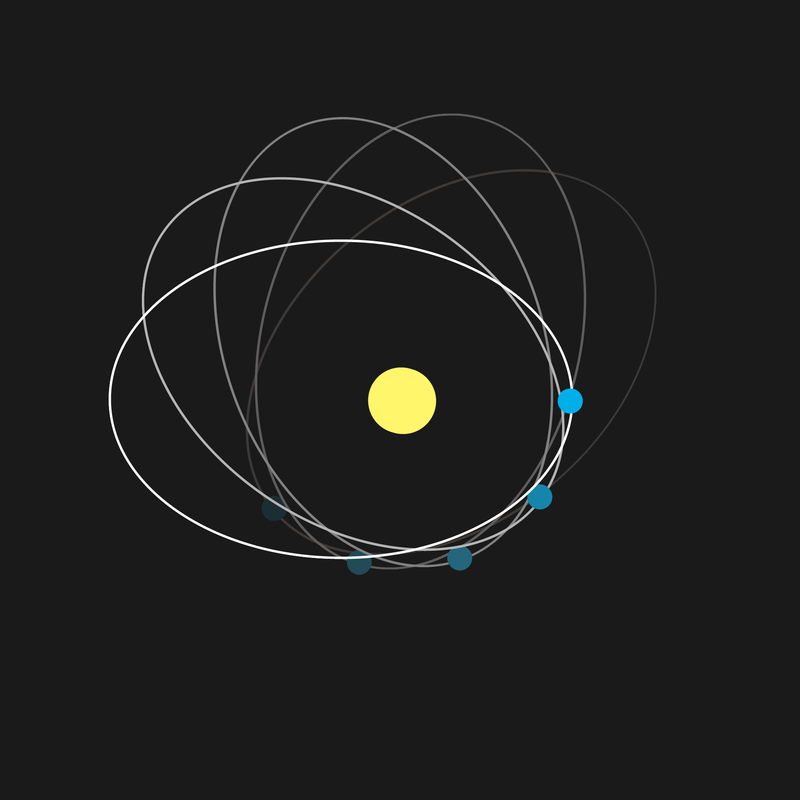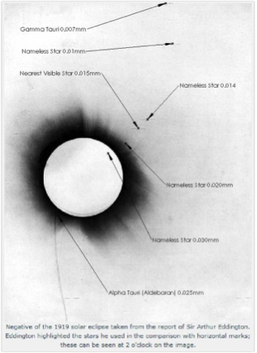Astronomers once had reason to believe there was another planet - they called it Vulcan - orbiting between Mercury and the Sun. 1/
In 1846, French astronomer Urbain Le Verrier and British mathematician John Couch Adams discovered Neptune after noticing its gravitational effects on the orbit of neighboring Uranus (thread below). And then it happened again. 2/ https://twitter.com/AnnaGHughes/status/1161775676837416960">https://twitter.com/AnnaGHugh...
In 1859, astronomers noticed that Mercury was also doing something bizarre. It didn’t return to the same place after completing its orbit. 3/
Now, we do expect planetary orbits to progress slowly, but Mercury was doing it much faster than what could be explained by Newton’s laws - even taking into account the gravitational influence of the other planets! 4/
There were a few possible explanations. Maybe Newton’s laws were wrong? Maybe there was a problem with the observations themselves? Maybe there was - once again - another planet. Le Verrier rolled up his sleeves, yelled HELL YEAH, and set to work. 5/
Applying the same mathematical methods he used to discover Neptune from Uranus’s orbit, Le Verrier hypothesized that a new planet, Vulcan, was pulling on Mercury and changing its orbit. 6/
He predicted where Vulcan would be and anticipated that if they pointed telescopes at the new planet’s proposed position, they would surely discover it, just like they’d done with Neptune. But there was nothing there. There is no Vulcan. 7/
The other big explanation for Mercury? That Newton was wrong; or rather, that Newton’s laws are a great approximation, but they& #39;re incomplete. Instead, Albert Einstein’s theory of general relativity could explain Mercury. 8/
In general relativity, mass bends space itself, causing even light to bend around it. In this model, Mercury actually *was* exactly where it was supposed to be, it just appeared to be elsewhere because the light from Mercury was actually curving around the Sun. 9/
Using his theory of general relativity, Einstein calculated how the Sun bends light from some bright, well-known stars so that this theory could be tested. 10/
If we observe the position of the stars at night, then wait six months for those same stars to be behind the Sun, the apparent positions of the stars closest to the Sun will change because their light is getting bent, whereas stars that are farther will not. 11/
( https://abs.twimg.com/emoji/v2/... draggable="false" alt="📷" title="Camera" aria-label="Emoji: Camera">: Pearson)
https://abs.twimg.com/emoji/v2/... draggable="false" alt="📷" title="Camera" aria-label="Emoji: Camera">: Pearson)
(
Of course, there’s a problem here. Under normal conditions we can’t see the stars that are behind the Sun - because of, you know, the Sun. So they waited for an eclipse. 12/

 Read on Twitter
Read on Twitter

 : Pearson)" title="If we observe the position of the stars at night, then wait six months for those same stars to be behind the Sun, the apparent positions of the stars closest to the Sun will change because their light is getting bent, whereas stars that are farther will not. 11/(https://abs.twimg.com/emoji/v2/... draggable="false" alt="📷" title="Camera" aria-label="Emoji: Camera">: Pearson)" class="img-responsive" style="max-width:100%;"/>
: Pearson)" title="If we observe the position of the stars at night, then wait six months for those same stars to be behind the Sun, the apparent positions of the stars closest to the Sun will change because their light is getting bent, whereas stars that are farther will not. 11/(https://abs.twimg.com/emoji/v2/... draggable="false" alt="📷" title="Camera" aria-label="Emoji: Camera">: Pearson)" class="img-responsive" style="max-width:100%;"/>



